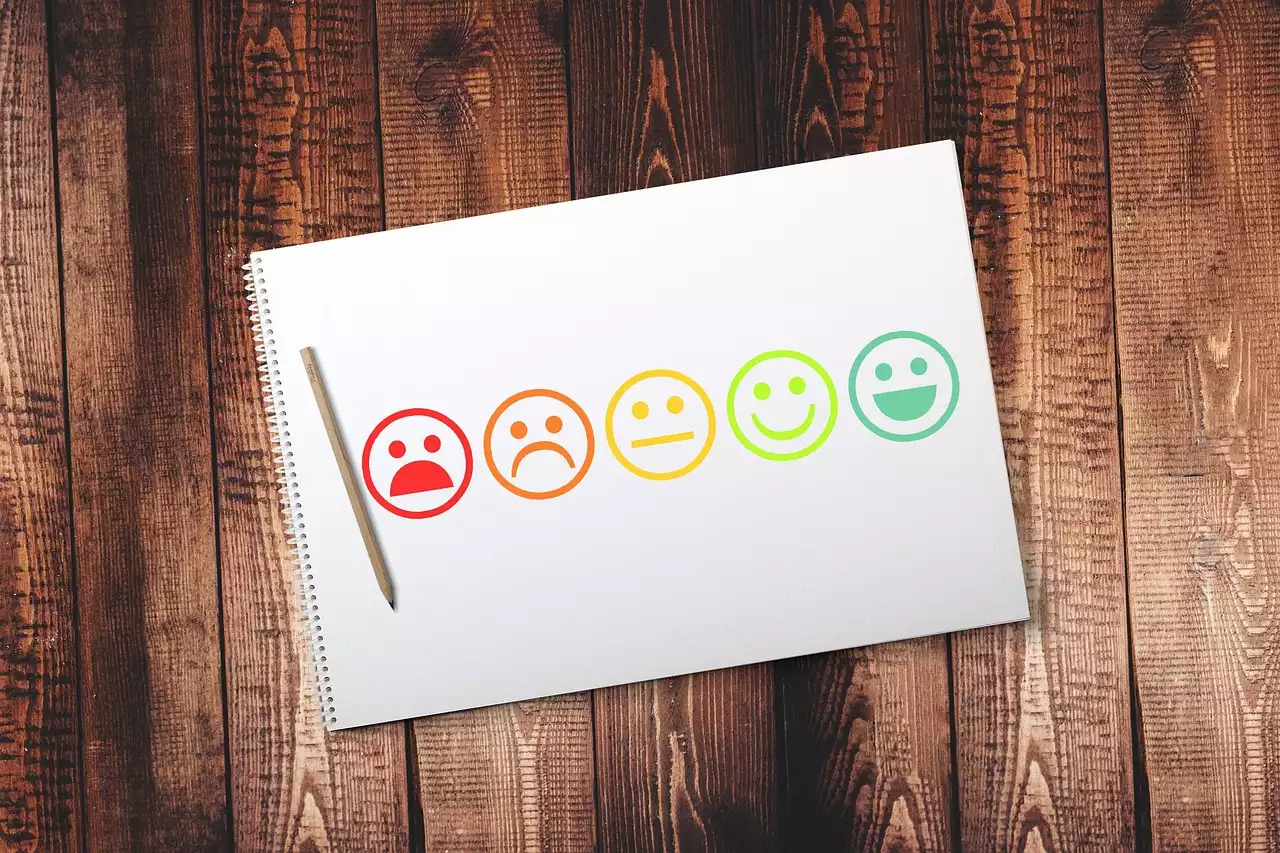The Importance of Tracking Conversion Rates
Before we dive into the tips, it's essential to understand the importance of tracking your conversion rates. Simply put, conversion rates are the percentage of website visitors who complete a desired action, such as making a purchase or filling out a contact form. By tracking your conversion rates, you can identify areas for improvement and make data-driven decisions to optimize your website and marketing campaigns.
When tracking your conversion rates, it's important to look at both macro and micro conversions. Macro conversions are the primary goal of your website, such as making a purchase, while micro conversions are smaller actions that lead to a macro conversion, such as signing up for a newsletter or adding items to a cart. By tracking both types of conversions, you can gain a more comprehensive understanding of how visitors interact with your website and where you can make improvements.
Understanding Your Target Audience
To effectively boost your conversion rates, you need to understand your target audience. Who are they? What are their pain points and motivations? What do they value? By answering these questions, you can create a more personalized user experience that speaks directly to your target audience's needs and desires.
One effective way to understand your target audience is to create buyer personas. Buyer personas are semi-fictional representations of your ideal customers based on market research and real data. By creating detailed buyer personas, you can gain a better understanding of your target audience's demographics, interests, and behaviors, which can inform your website design, content strategy, and marketing campaigns.
Creating a Clear Value Proposition
Your value proposition is a statement that clearly articulates the unique benefits of your product or service. A strong value proposition is essential for attracting and converting customers, as it communicates why your offering is better than your competitors' and why visitors should choose you.
To create a clear value proposition, start by identifying your target audience's pain points and motivations. Then, craft a statement that highlights how your product or service solves their problems or fulfills their desires. Your value proposition should be concise, easy to understand, and prominently displayed on your website.
Optimizing Your Website for Conversions
Optimizing your website for conversions involves improving the user experience to make it easy and intuitive for visitors to take the desired action. There are several key elements of website optimization, including:
- Clear navigation: Visitors should be able to easily find what they're looking for on your website, whether it's a product page or a contact form.
- Mobile responsiveness: With more and more people accessing websites on mobile devices, it's essential that your website is optimized for mobile viewing and interaction.
- Well designed landing pages: Landing pages are designed to convert visitors into leads or customers. They should be visually appealing, persuasive, and focused on a single objective.
- Consistent branding: Consistent branding across your website and marketing materials helps build trust and credibility with visitors.
How to Optimize My Website For Conversions?
Improving Website Loading Speed
Website loading speed is a critical factor in both user experience and search engine optimization. If your website takes too long to load, visitors are likely to abandon it in favor of a faster site. Additionally, Google has stated that website loading speed is a ranking factor in search results, so a slow-loading site can hurt your visibility and traffic.
To improve your website loading speed, there are several steps you can take, including:
- Compressing images and other large files
- Minimizing HTTP requests
- Enabling browser caching
- Using a content delivery network (CDN)
- Upgrading to a faster web hosting provider
Creating Persuasive and Clear Call-to-Actions (CTAs)
A call-to-action (CTA) is a button or link that prompts visitors to take a specific action, such as making a purchase or filling out a contact form. To be effective, CTAs should be persuasive, clear, and prominently displayed on your website.
When creating CTAs, consider the following best practices:
- Use action oriented language, such as "Buy Now" or "Sign Up Today"
- Make the CTA button visually distinct from other elements on the page
- Place the CTA in a prominent location, such as above the fold or at the end of a blog post
- Use urgency or scarcity to create a sense of urgency, such as "Limited Time Offer" or "Only 3 Left in Stock"
Utilizing Social Proof
Social proof is a psychological phenomenon where people are influenced by the actions and opinions of others. By showcasing social proof on your website, such as customer testimonials or social media mentions, you can build trust and credibility with visitors, which can lead to higher conversion rates.
To effectively utilize social proof, consider the following strategies:
- Display customer testimonials prominently on your website, including photos and names to add credibility
- Showcase social media mentions or user generated content related to your brand
- Use social proof on landing pages to reinforce the benefits of your product or service
- Leverage influencer marketing to tap into the social proof of trusted industry leaders or celebrities
Testing and Experimenting to Improve Conversion Rates
Continuous testing and experimentation are essential for improving your conversion rates. By testing different elements of your website and marketing campaigns, you can identify what works and what doesn't, and make data-driven decisions to optimize your strategy.
Some common testing and experimentation methods include A/B testing, multivariate testing, and user testing. A/B testing involves comparing two versions of a webpage or marketing campaign to see which performs better, while multivariate testing involves testing multiple variables at once. User testing involves having real users provide feedback on your website or marketing materials to identify areas for improvement.
The Role of Continuous Optimization in Boosting Conversion Rates
Boosting your conversion rates is not a one-time task, but an ongoing process of continuous optimization. By continually monitoring your conversion rates and testing new strategies, you can stay ahead of the competition and ensure that your website and marketing campaigns are always optimized for maximum results.
Some key elements of continuous optimization include:
- Regularly tracking and analyzing conversion rates
- Identifying areas for improvement and testing new strategies
- Staying up to date on industry trends and best practices
- Continually refining your value proposition and messaging
- Maintaining a user centric approach to website design and marketing









